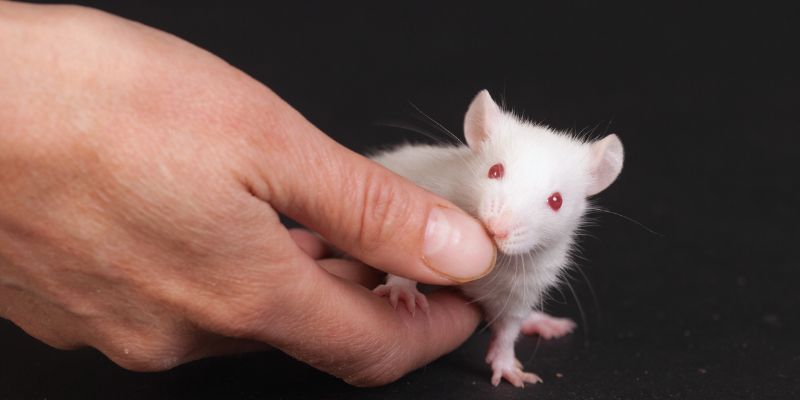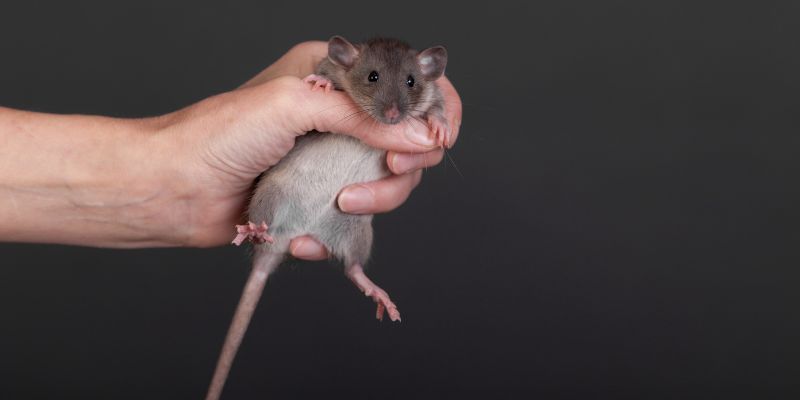Advertisement
Rat-transmitted bacteria cause the uncommon but somewhat severe Rat Bite Fever (RBF). Individuals develop RBF via rat scratches, bites, or rodent interaction. Sometimes, an infection can also be contracted through tainted food or drink. Though rare, if untreated, RBF can cause serious medical problems. Prevention of complications depends on an awareness of the origins, symptoms, and accessible remedies.
Early recognition of symptoms guarantees appropriate and efficient therapy. This guide will discuss the causes, symptoms, available treatments, and preventative strategies to assist in lowering RBF risk. Understanding these elements helps people see early symptoms and seek medical attention immediately. Find out more about the hazards of RBF and useful strategies to keep safe around rodents, therefore shielding others and yourself from possible infection.

Two main forms of bacteria cause the infectious sickness known as rat-bite fever: Spirillum minus and Streptobacillus moniliformis. Rat bites cause wounds from these germs that may penetrate the body. Transmission can also arise, though, via coming into contact with infected surfaces or water. Although rats are the main link to the disease, other diseased animals can also cause it. RBF is not restricted to rat bites; hence, one must realize. Handling contaminated animals or contacting their saliva or excrement can make one sick.
Bad living circumstances and inadequate sanitation raise one's chances of contracting these germs. Preventing infection depends on knowledge of rat bite fever, especially for individuals living in places with many rodents. Knowing how RBF is distributed helps people take required safety measures, lowering one's chance of getting this major illness. Important first actions in avoiding Rat Scratch Fever and safeguarding one's health are keeping clean surroundings and practicing proper hygiene.
It is mostly caused by contact with contaminated rodents and rat bite fever (RBF). Preventive action depends on an awareness of the causes of this disease. Rat Bite Fever can be caused commonly by the following:

Rat Bite Fever (RBF) can cause different symptoms in different people. While some people could have moderate symptoms, others might react more severely. The timeliness of medical intervention depends on knowledge of these signs. Rat Bite Fever usually presents these symptoms:
Given the wide range of symptoms, Diagnosing Rat Bite Fever (RBF) can prove difficult. Usually, doctors start with a thorough medical history of the patient. Since a correct diagnosis depends on this information, they will ask about any recent animal bites or rodent exposure. After this first assessment, the stated symptoms are assessed physically. Confirming the RBF diagnosis depends much on laboratory tests. Blood tests can be done to look for the disease's bacterium, Streptobacillus moniliformis or Spirillum minus.
Sometimes, doctors may additionally remove a sample from the site to look for symptoms of infection and offer further information. Imaging tests, including X-rays, could potentially be used to evaluate any disease-related consequences. Any pertinent rodent exposures should be reported to the healthcare professional since they greatly help diagnose. Knowing the chronology of symptoms is equally crucial since it guides the choice of therapy.
Rat Bite Fever (RBF) cannot be avoided apart from prevention. Following a few basic rules will help you reduce your chance of coming into contact with the bacterium causing this disease. First, keep your living space neat and hygienic. Make sure garbage is disposed of routinely, and food is kept correctly. Maintaining cleanliness in your house will help discourage rodent invasion. Additionally, sealing gaps and holes in floor and wall surfaces will limit their access and prevent mouse ingress.
Using traps or calling for pest control agents, you can help control the local rodent population. Furthermore, avoid handling wild animals, particularly if they seem sick or injured, since they could transmit germs. Take extra care in settings where you might run across rats at work. Wearing protective gear and gloves helps reduce your possible infection exposure. Always wash your hands after handling animals or cleaning locations where rats can live. Preventing RBF-related problems depends on knowing the hazards.
A major infectious condition brought on by bacteria transferred by rat bites, scratches, or contaminated surfaces is rat bite fever (RBF). Reducing the risk of infection depends on an awareness of the typical causes, symptoms, diagnosis, and preventative actions. Maintaining good hygiene, avoiding contact with possibly contaminated animals, and getting early medical assistance for symptoms help people to guard themselves against RBF effectively. Preventing this disease and its consequences depends on awareness and education; this guarantees safer surroundings, especially in places with significant rodent populations. Put the required care into protecting your and others' health.
Advertisement

By Pamela Andrew/Dec 03, 2024

By Darnell Malan/Dec 03, 2024

By Elena Davis/Jan 24, 2025

By Isabella Moss/Mar 18, 2025

By Mason Garvey/Mar 16, 2025

By Martina Wlison/Nov 10, 2024

By Juliana Daniel/Jan 24, 2025

By Martina Wlison/Mar 18, 2025

By Juliana Daniel/Dec 13, 2024

By Maurice Oliver/Jan 13, 2025

By Martina Wlison/Nov 06, 2024

By Kristina Cappetta/Nov 07, 2024